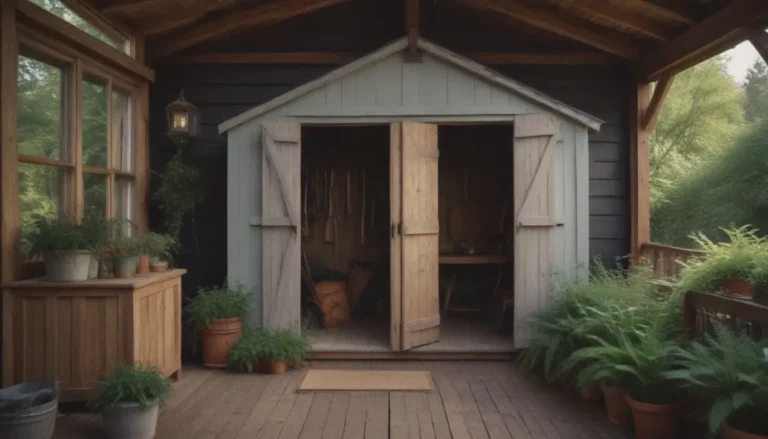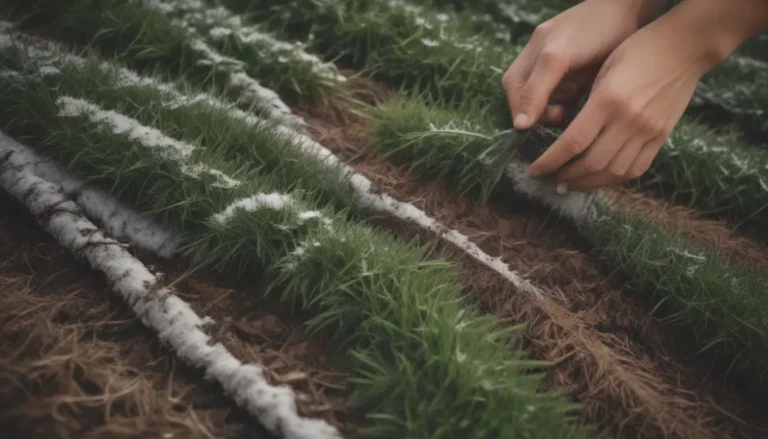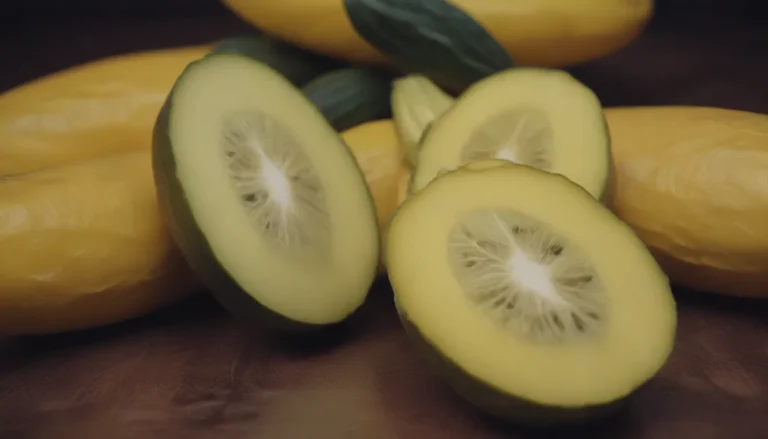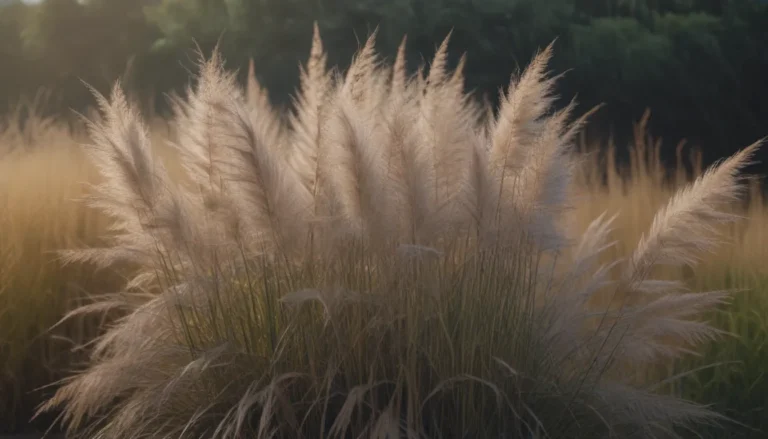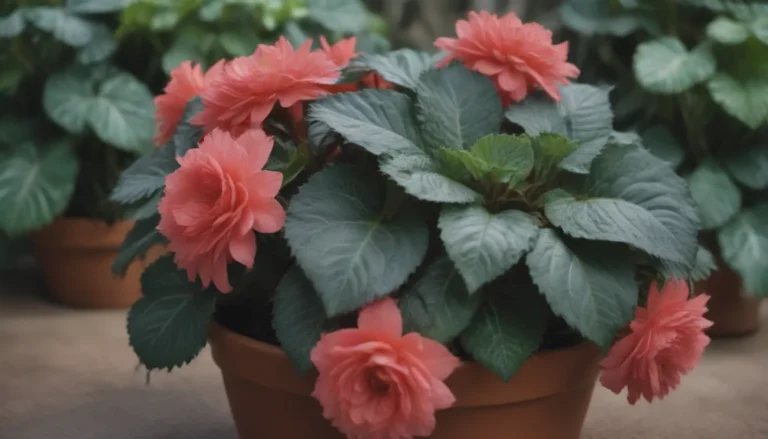The Complete Guide on How to Successfully Grow Coral Honeysuckle

Are you looking to add a splash of vibrant color and attract beautiful wildlife to your garden? Look no further than the stunning coral honeysuckle! This native plant to the southeast United States is the perfect alternative to the invasive common honeysuckle. With its trumpet-shaped flowers in shades of red, coral, orange, or yellow, this vine is a showstopper that will attract hummingbirds, butterflies, and songbirds to your outdoor space.
In this comprehensive guide, we will delve into everything you need to know about growing and caring for coral honeysuckle. From planting to pruning, we will cover all the essential steps to ensure your coral honeysuckle thrives and flourishes in your garden.
Getting Started with Coral Honeysuckle
Before you jump into planting your coral honeysuckle, it’s essential to understand its unique characteristics and care requirements. Here are some key points to keep in mind:
Characteristics of Coral Honeysuckle:
- The coral honeysuckle produces trumpet-shaped flowers in red, coral, orange, or yellow.
- It is native to the southeast United States.
- The vine has oblong, paired leaves with papery, orange-brown bark.
- Coral honeysuckle is evergreen in warm climates and a perennial vine in colder climates.
Planting Tips:
- Plant in the spring or fall to avoid stress from summer heat.
- Ensure well-draining soil and full to partial sunshine.
- Good air circulation is important to prevent disease.
- Consider growing in large containers if preferred.
Coral Honeysuckle Care Tips
Coral honeysuckle is an easy-to-care-for plant that adapts well to various conditions. Here are some care tips to keep your coral honeysuckle healthy and vibrant:
Light:
- Provide full sun for the best blooms.
- Can tolerate part shade but may not flower as abundantly.
Soil:
- Requires well-draining soil.
- Can adapt to various soil conditions.
- Prefers acidic to neutral soil pH.
Water:
- Drought tolerant once established.
- Regular watering promotes healthy blooming, especially for young plants.
- Natural rainfall may provide sufficient water in some areas.
Temperature and Humidity:
- Cold tolerant down to USDA zone 4.
- Prefers medium humidity levels to prevent powdery mildew.
Fertilizer:
- Use a balanced fertilizer during growing seasons.
- Does not require large amounts of fertilizer.
Pruning and Propagating Coral Honeysuckle
Now, let’s dive into pruning and propagating your coral honeysuckle to ensure it continues to thrive and multiply beautifully:
Pruning:
- Only trim to maintain desired shape or size.
- Best done after the first big bloom to avoid removing unopened blossoms.
Propagating:
- Easily done with softwood cuttings in late spring or summer.
How to Grow Coral Honeysuckle from Seed:
- Propagate by seed for another way to grow coral honeysuckle.
Potting and Repotting Coral Honeysuckle
If you prefer to grow your coral honeysuckle in containers, follow these tips for potting and repotting:
- Choose a container with good drainage holes.
- Fill with a well-draining soil mix and place in a sunny location.
- Repot when the plant outgrows its current container.
Overwintering Coral Honeysuckle
Coral honeysuckle plants are cold tolerant and can withstand hard frost. Here’s how to overwinter them successfully:
- Plant near structures to shelter them from cold winds.
- Add mulch in the fall to insulate the root system.
- Bring container-grown plants indoors during winter if the container is not winterproof.
With these comprehensive tips and guidelines, you are well-equipped to grow and care for coral honeysuckle in your garden. Enjoy the beauty of this native plant and watch as it attracts a stunning array of wildlife to your outdoor space. Happy gardening!
